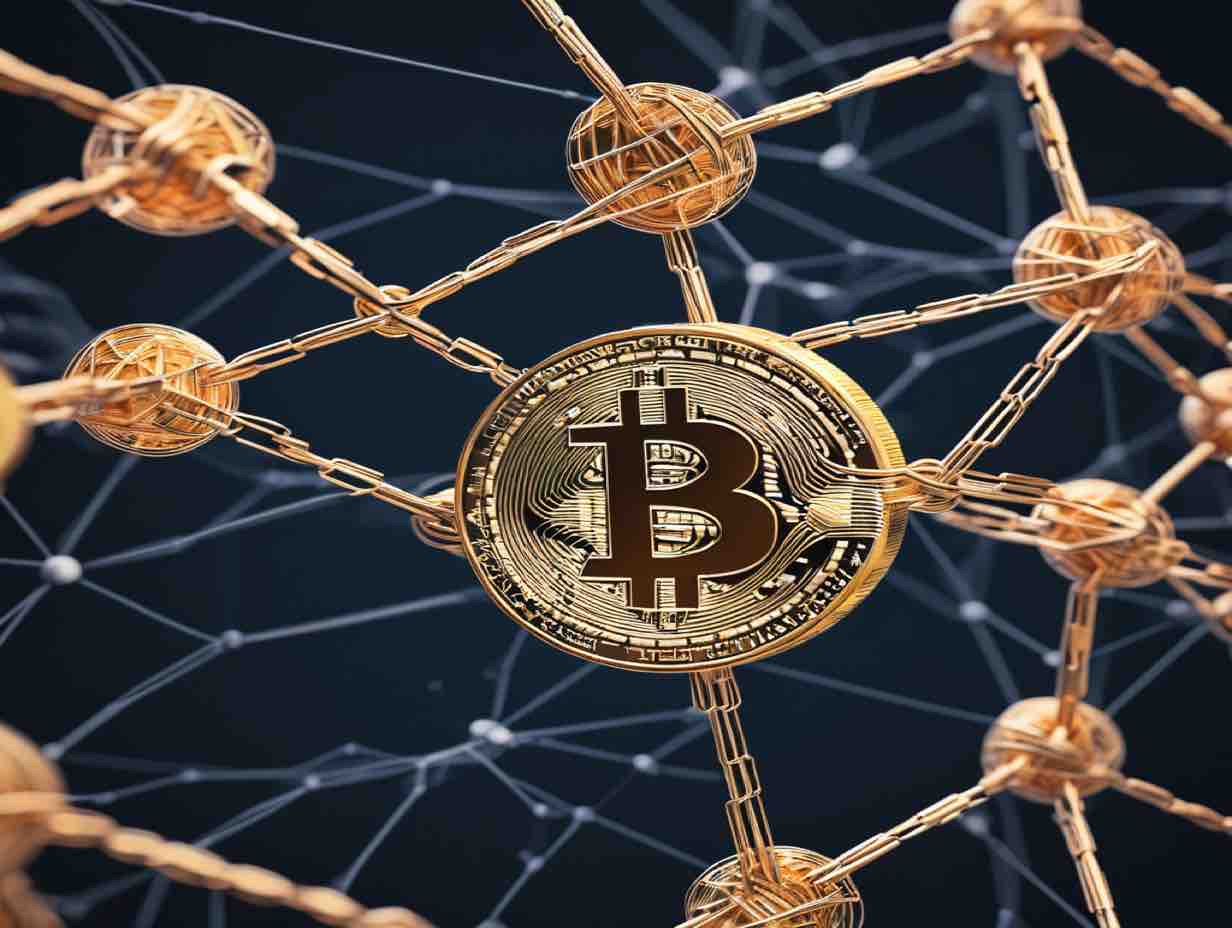A forgotten dream, once cradled by the embrace of cryptocurrency enthusiasts and governmental advocates, stirs once again in the shadows.
The concept of the digital dollar, an idea that once swept Washington off its feet, but was later left abandoned at the altar of failed financial innovation, is stirring once more.
But this time, the game has changed. This isn’t about financial inclusivity or crypto glam; it’s about power, control, and the primacy of the dollar in the global market.
The rise and fall of the digital promise
Once lauded as a tool for financial inclusion, the digital dollar fell out of grace as it became apparent that the requirements for its implementation – a smartphone, a banking relationship – are luxuries beyond the reach of many low-income individuals.
Add to that the outcry from banks worried about losing deposits and politicians whining about potential surveillance nightmares, and you’ve got a perfect recipe for disillusionment.
The digital dollar promised to democratize finance, but the grim reality is that it failed miserably in its primary mission.
The very idea seemed to vanish amidst a crypto crash, leaving behind a legacy best described by J. Christopher Giancarlo, former chairman of the Commodity Futures Trading Commission, as hype that got ahead of reality.
The new frontier: Wholesale digital dollar
While the dream of a retail digital dollar may be dead for now, a new concept is taking shape, whispering to big financial institutions and central banks.
A wholesale digital dollar is emerging, driven by researchers and top banks, utilizing blockchain-like technology to send money around the world with astonishing speed.
This isn’t a matter of simple digitization – large sums of money have been mere computer entries for years. This is about removing the shackles that have made cross-border transfers a bureaucratic nightmare.
The agonizingly slow process that hinders transactions to and from smaller countries, delays them on weekends and holidays, and leaves room for errors is about to be conquered.
Efforts like Project mBridge and the tokenization initiative by the New York Fed demonstrate the ambition to streamline the global payment system. By converting dollars into Bitcoin-like digital packets, central bank reserves could be transformed, ensuring rapid and secure transactions.
This technological leap won’t touch the everyday consumer, nor does it seem designed to. It’s for the big players, the multinational corporations and government-regulated banks. It’s not about you and me, it’s about power and primacy.
Despite the obvious advantages, the United States is moving with questionable caution. Whether it’s the anonymity within the administration or the apparent lack of interest from the National Economic Council, the country’s stance remains elusive and perhaps even skeptical.
In the chessboard of international finance, the digital dollar seems less like a pawn for the people and more like a rook for the government and banks. It’s a tool to maintain dominance, to ensure that the greenback continues to rule the global trade.
It’s a wake-up call, a reality check, and a poignant example of how innovation can be twisted to serve the few, ignoring the many. But then again, in a world ruled by dollars and cents, who’s really surprised?





